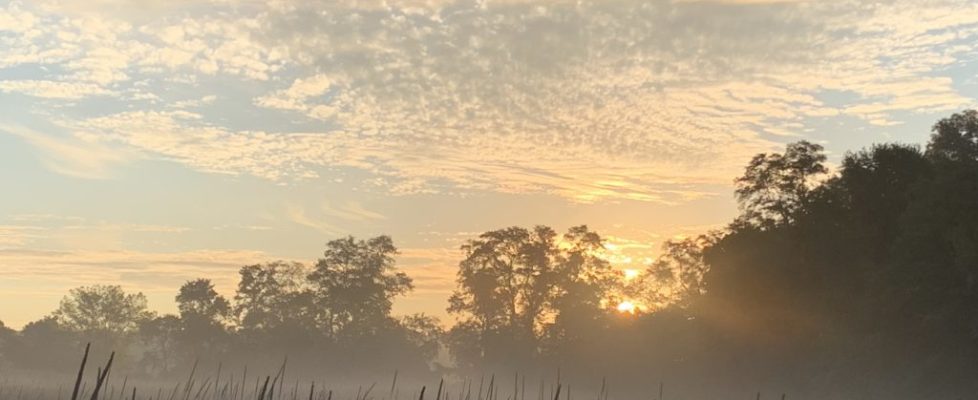Tumult Season
Until recently, I used to think that the seasons changed in relatively orderly fashion. People would complain that summer had hung on too long, or fall came too early, or winter felt like it was lasting forever…but it was all based on the concept that one season was supposed to follow the next as predictably as the shortening and lengthening of the days.
But now I know the truth: In reality, the change of seasons is about as orderly as the Times Square subway station at rush hour. It’s helter-skelter, pell-mell, filled with energy and confusion and the hectic business of going places. I’ve begun to think that it deserves a name of its own: Tumult Season.
This all came clear to me just a few days ago, when I played hooky from work to take a four-hour “deep dive” walk through Croton Point Park. Blue Jays gave me my first clue.
Blue Jays are around pretty much all year, flying in small, unruly flocks from here to there, unleashing their repertoire of raucous calls to make sure you notice them. In this season, though, they gather in vast numbers, hundreds upon hundreds in all corners of the park.
And they don’t just gather: If you’re lucky and keep your eye on the skies, you might get the chance to witness one of the great spectacles of Tumult Season: The high, pinwheeling flights of the Blue Jay flocks. The birds whirl and soar by the dozens—sometimes even hundreds—glowing white and blue in the sunlight. It’s a magical sight, even more so because these typically noisy birds carry out their great flights in near complete silence.
But the jays weren’t alone in teaching me to look at the change of seasons in a different way. During my walk, I was also lucky enough to spot some birds that nested in our area but will spend the cold-weather months far to our south. The tiny, colorful Magnolia Warbler I found in a small brushy tangle, for example, will winter in the Caribbean and Central America. And the American Redstart I saw fluttering around in an oak tree will soon embark on a journey that may take it as far as Venezuela or Colombia.
I loved seeing these little gems, as well as vireos, flycatchers, and other soon-to-be-southbound migrants. But not every bird at Croton Point is getting ready for a long journey: Other species, having just arrived from their nesting grounds far to our north, plan to stick around. In fact, at the same moment that so many species are heading for warmer climes, birds like the sparrow-sized American Pipit choose Croton Point as their “warm weather” winter home.
I found a flock of Pipits walking in a tight group across a lawn near the park entrance. As I watched, the birds took flight, bobbing and weaving in the air like living popcorn and letting loose with the sweet “Pi-pit! Pi-pit!” calls that give the species its common name.
American Pipits nest in the Arctic tundra, high-mountain meadows, and other barren landscapes where the only vegetation is grass and low shrubs. Such areas quickly become snow-covered during the winter, conditions too harsh even for the intrepid Pipits. The birds move south, but clearly prefer to spend the winter in habitats that remind them of their summer homes, such as Croton Point Park’s lawns and fields.
And it’s not just warblers and pipits that show us that we’re in the midst of Tumult Season. American Kestrels flutter everywhere over the hill, contending for a perch on one of the poles that dot the grassland. Ospreys, preparing for migration flights that might take them as far south as Brazil, hurry back and forth from Haverstraw Bay, fish clutched in their talons. Blackbirds fill the bare trees. And Savannah, Swamp, and other sparrows seem to rise from the grasses like seeds being scattered by the wind.
But it was the last bird I saw that left the deepest impression on me. I was heading for the park entrance when I saw an adult Bald Eagle flying over. As anyone who’s ever spent time at Croton Point knows, eagles are common in the park at all times of year. But this one was different from the others I’ve seen recently: It was carrying a large stick, almost a whole branch, towards a patch of forest.
Watching it, I realized that it had already started to tend to the nest that would host its new brood of nestlings next year. That eagle knew that Tumult Season never ends, and now I do, too.
Copyright © 2022 by Joseph Wallace







